Do Tattoos Hurt? Yes, but They Don’t Have To
09 December, 2022If you’re contemplating your first tattoo, you’ve got a lot to think about. It’s a lifetime commitment. You need to know you love what you’re going to get and that the tattoo artist you’ve chosen is the perfect person for the job.
Then, there’s the final question. Is this going to hurt really bad? Tattoos do hurt. There are a lot of factors that can affect pain levels during a tattoo session.
However, there are things you can do to minimize the amount of pain you feel if you’re worried that you’ll get too uncomfortable in the tattoo parlor.
How Bad Does a Tattoo Hurt?
You’ve probably encountered people who think it makes them seem badass to emphasize that pain is part of the tattoo process. Plainly and simply, they’re stupid. Why would anyone choose to be in pain when they have options to reduce their discomfort?
You don’t tell the dentist to skip the numbing shot before they take your wisdom tooth out. You don’t ask your surgeon to keep you awake when they’re taking out your appendix.
If you had a headache, would you just wait it out, or would you take some over-the-counter painkillers and lay down for a nap? Why is this even a question?
Tattoos naturally hurt, but the pain doesn’t benefit the process in any way. There are numbing products you can use, as well as design, size, and placement decisions to minimize the pain you feel during a tattoo.
If you’d prefer not to be in pain, you’re a rational human being. Do what you have to do to feel good about getting a tattoo.
What Makes a Tattoo Hurt?
A tattoo is a wound. A tattoo needle (or a bunch of tattoo needles) will puncture your skin about a hundred times per second — you will feel it as it’s happening. How much you feel it, or the intensity of the feeling, will depend on a few things.
Here’s what you should consider so you can plan accordingly.
The Size of The Tattoo
Big tattoos will be more painful than small ones simply due to their size. A really small linework tattoo of a cat might only take your artist about half an hour. A realistic portrait tattoo of your cat will take several hours, and it might need to be broken up across multiple sessions.
Common sense says that the small, simple design will ultimately be a less painful tattoo than the bigger, more complicated tattoo.
The Location of the Tattoo
Tattoos on areas of the body where there are high concentrations of nerves or where there is thin skin close to the bone will always have a higher pain level. Your armpit, lower back, shins, collarbone, inner bicep, rib cage, hip bone, knee, and elbow are all sensitive areas that will likely be higher on the tattoo pain chart.
These painful areas aren’t good places to start if you've never gotten a tattoo. People with tattoos on these body parts usually admit that their tattoo session absolutely sucked.
If this is your first tattoo, choose an area of your body with thick skin and a little more padding. Your bicep, your inner forearm, outer thigh, and the front of your thigh are all prime spots for a first-time tattoo.
Even if you don’t have a lot of fat on these parts of your body, they’re still far enough from the bone to prevent a deep, painful sensation as the tattoo artist works on your skin.
Your Personal Pain Tolerance
Two people can get the exact same tattoo in the exact same spot by the exact same tattoo artist. One person will tell you it wasn’t that bad, and the other person will tell you it hurt like hell.
Here’s the twist: nobody is lying. The experience was really that different for each of them.
Everyone has a unique pain tolerance, and you probably already know where yours is. If your pain threshold is very low, you may not like getting a tattoo. If you can stand up to a few bumps, scrapes, and bruises without flinching, a new tattoo probably won’t be a big deal for you.
While negative stimulation to any nerves in your body will cause you to experience pain, the second part of your pain tolerance comes from your mind. When you’re feeling anxious or scared, your pain perspective is heightened. In a way, you’re freaking yourself out about the situation, making everything feel a lot worse.
If you can chill out and stop focusing on the sensation of your tattoo, your session will fly by a lot quicker. You’re less likely to feel like the sensation is extreme or overwhelming if you separate your emotions from the process.
Do Tattoos Hurt After You Get Them?
Wounds are often uncomfortable during the healing process; the same goes for tattoos. Proper tattoo aftercare techniques will help your tattoo heal safely and beautifully, and they can also reduce the discomfort you might experience while you’re healing up.
Some stuff should go without saying. Don’t pick at your scabs. Don’t scratch it during the itchy phase of healing. Don’t take it out into the sun and let it get sunburned.
Other stuff, like being mindful of how much water you drink and taking care during intimate moments to avoid contact with your tattoo, may not be as obvious. If you do everything you’re supposed to, all of the soreness should gradually decrease until it disappears around two weeks after your tattoo session.
How Can I Reduce Tattoo Pain?
If you want to keep the pain of your tattoo session to a minimum, here’s what you can do to make the experience as easy as possible. Your tattoo artist may have a list of things they want you to do before your appointment, and you should always follow their advice. This advice falls mostly under your purview.
Start Small
If you’re nervous about the pain of your first tattoo, don’t get a huge tattoo. Start small the first time, so you know what you’re getting yourself into.
A small tattoo is a great way to test the waters; you’ll learn what you can handle. You’re likely to be surprised that it doesn’t hurt as much as you thought it would.
Make sure your tattoo design isn’t overly complicated — a complicated design can require more time under the tattoo gun. Also, make sure to plan your tattoo placement in one of the least painful places to get a tattoo. This will help you get adjusted to the feeling of getting a tattoo.
After you get the hang of things, you can plan larger tattoos. You’ll walk into an appointment for a larger tattoo, knowing what to expect and how to prepare. When your mind is at ease, you’ll be less tense. When you’re less tense, you’ll feel less pain.
Numb the Area
Numbing creams can significantly reduce how much of the tattoo process you feel. They don’t work as deeply as things like lidocaine shots, but that’s fine. Your tattoo is taking place through the surface of your skin, and that’s exactly where a numbing cream gets absorbed.
Numbing creams with ingredients like lidocaine will dull sensations. You’ll know that you’re getting a tattoo, but you won’t be as acutely aware of the sharp, stinging sensations you would otherwise feel if you weren’t numbed up.
How Does Numbing Cream Work?
Numbing cream made with lidocaine is absorbed into the upper layers of the skin. Lidocaine makes it difficult for the nerve endings in your skin to send pain signals to your brain.
It scrambles their transmissions and breaks down their line of communication. The tattoo process works exactly the same way, but how you perceive the sensation changes.
Some people find that lidocaine eliminates almost all of the sensation of a tattoo, while others find it simply dampens it. Either way, you should feel less pain than you would if you hadn’t used it.
How Do I Use Numbing Cream Before a Tattoo?
Numbing cream takes a while to work, so you need to plan ahead. It takes one hour to an hour and a half for the full effects to kick in. Once you remove the cream, you have about an hour of play time before the sensation starts to return.
Apply a really thick layer of numbing cream onto the entire area where you’re about to get tattooed. Don’t rub it in. Let it sit on the top of your skin like shaving cream. Cover it with plastic wrap to ensure it doesn’t slide everywhere or rub off.
Before your tattoo appointment, remove the plastic wrap and wipe away the excess numbing cream. You’re all good to go. Your tattoo artist will handle the rest of the tattoo prep process.
Mad Rabbit Numbing Cream Takes the Pain Away
Mad Rabbit RELIEVE Numbing Cream contains 5% lidocaine. It’s the perfect pre-treatment to use before a tattoo session, microblading, or waxing treatment that would otherwise hurt.
RELIEVE Numbing Cream will reduce the pain you feel in the treatment area. Let us put your mind (and body) at ease.
Sources:
Effects of emotion on pain reports, tolerance and physiology | Pub Med
Try risk-free & save with the Essential Sets


Daily Defense Set


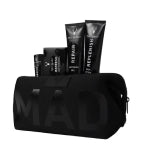

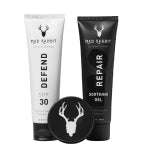
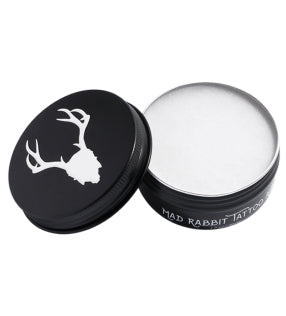
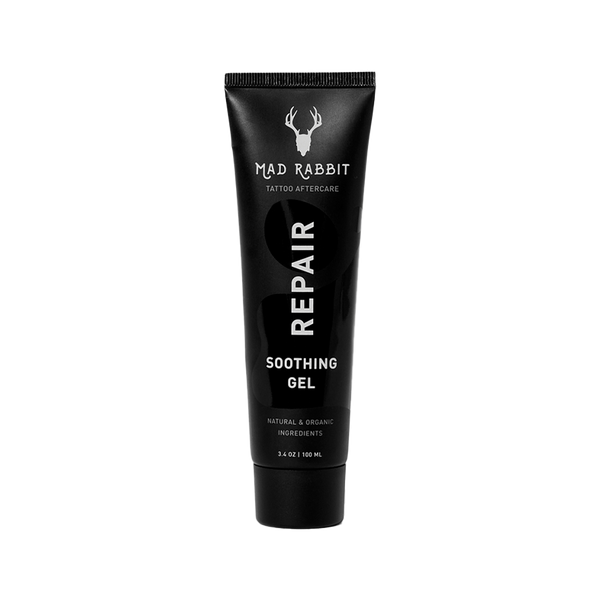
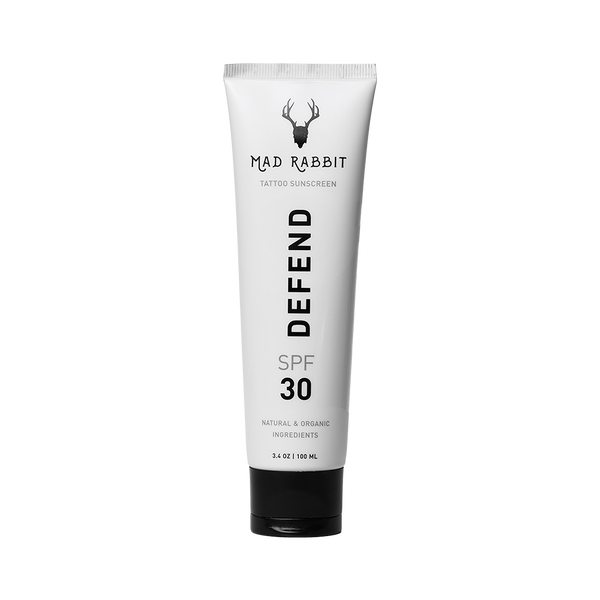
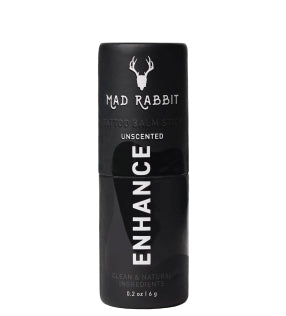
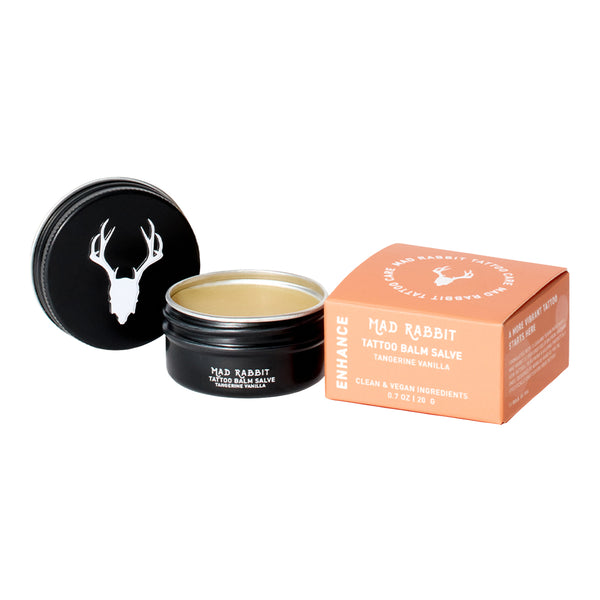
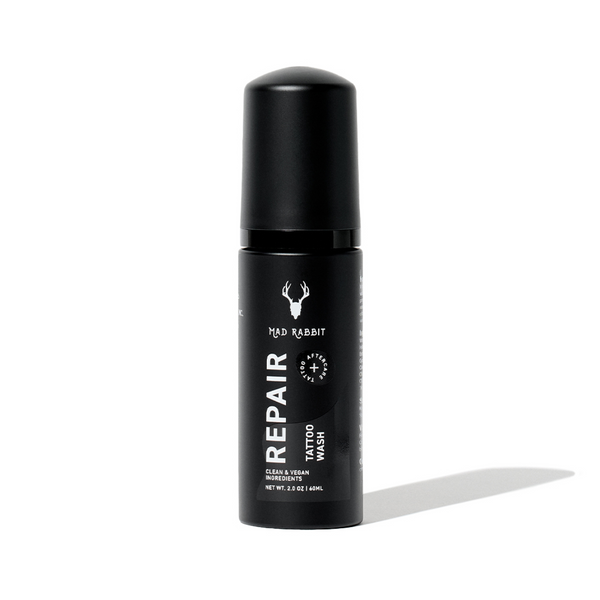
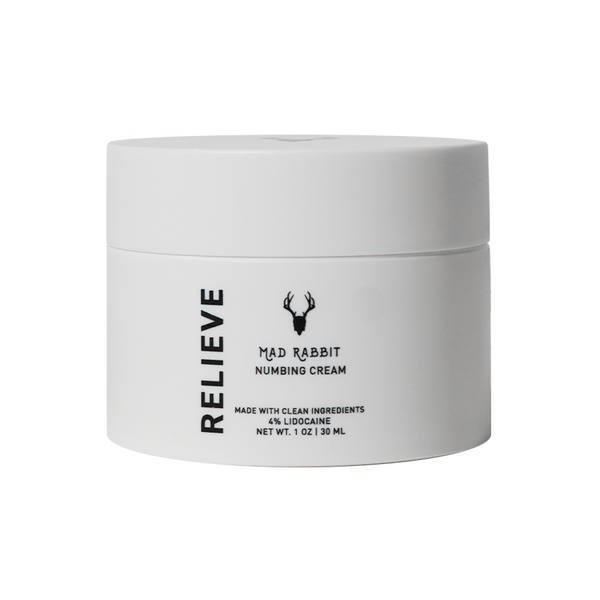
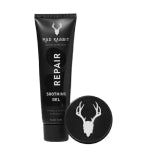
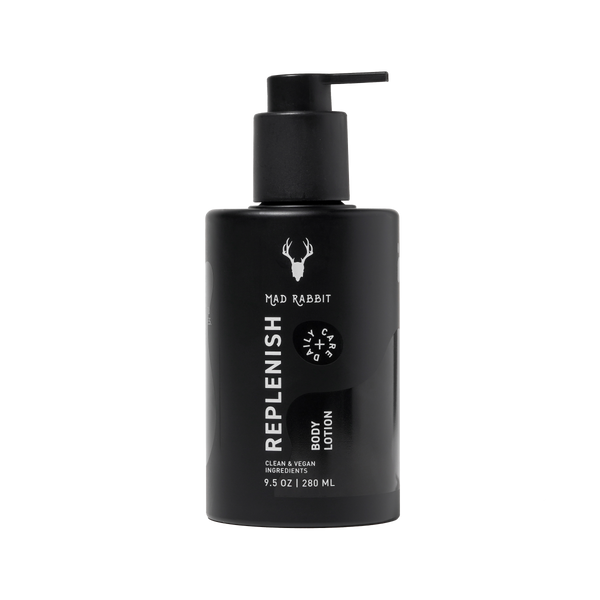
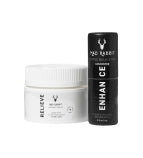
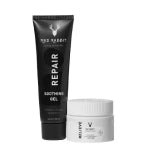
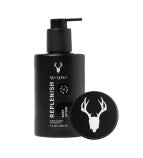
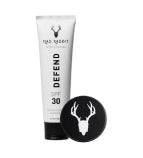
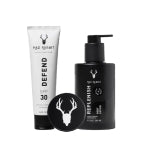

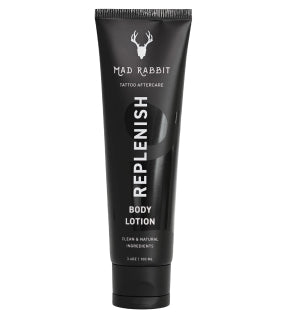
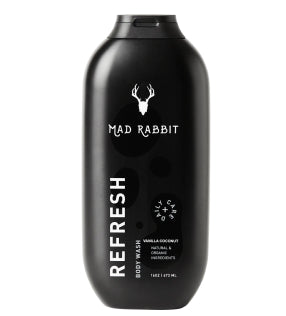
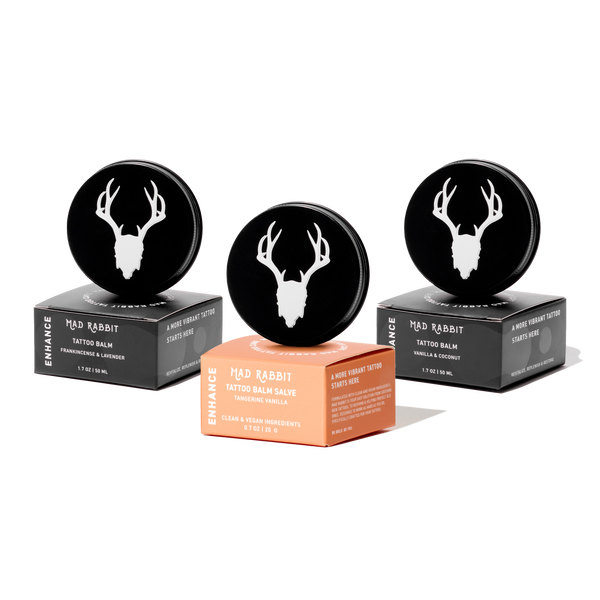

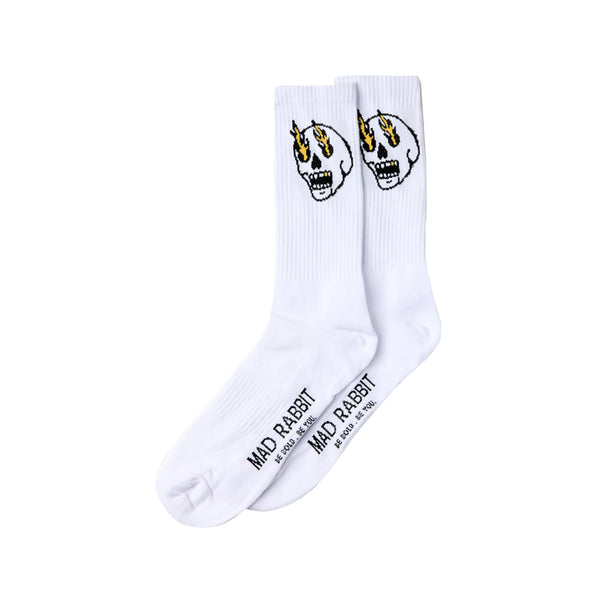

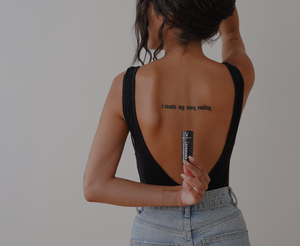
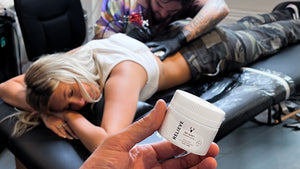
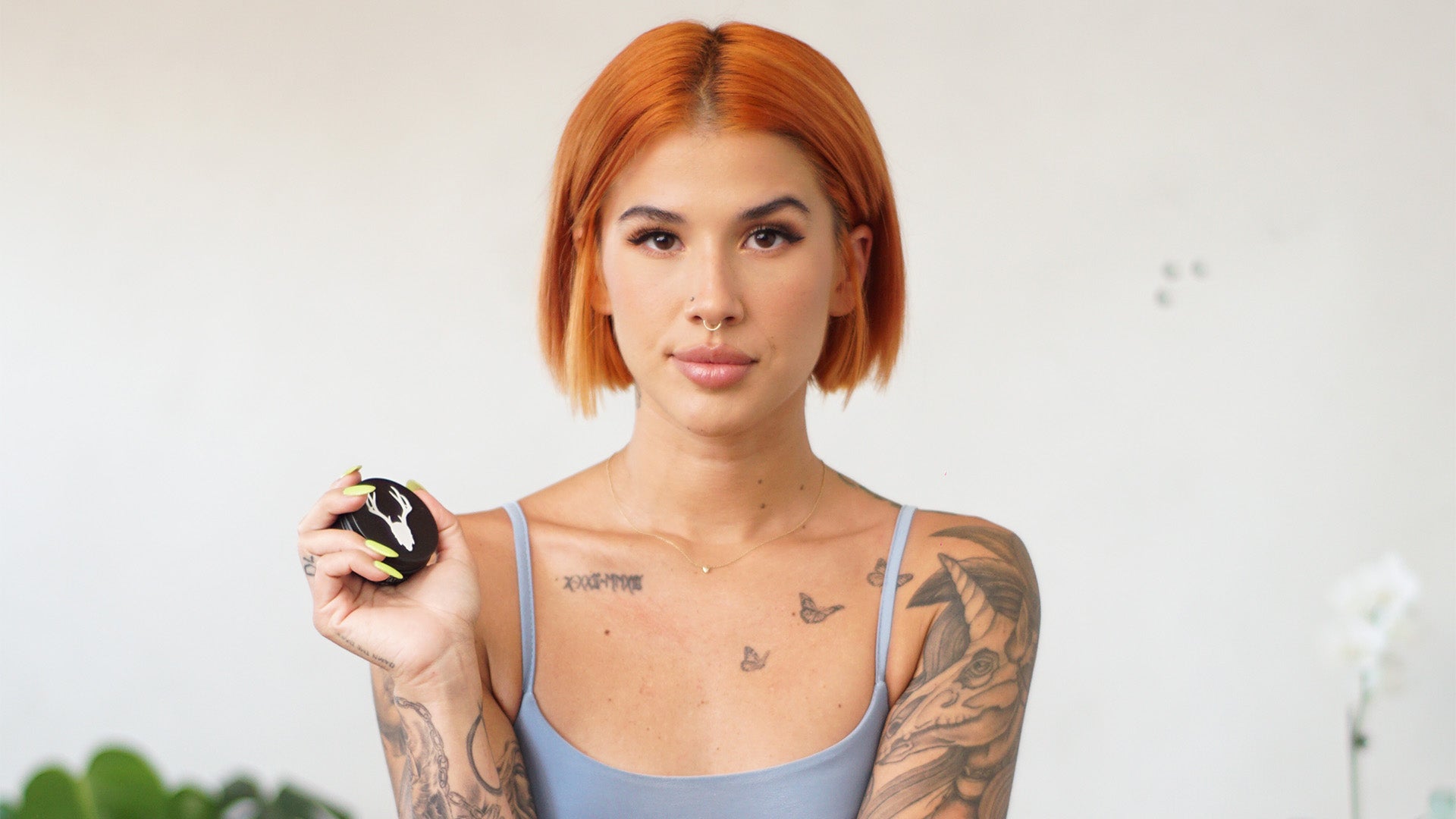
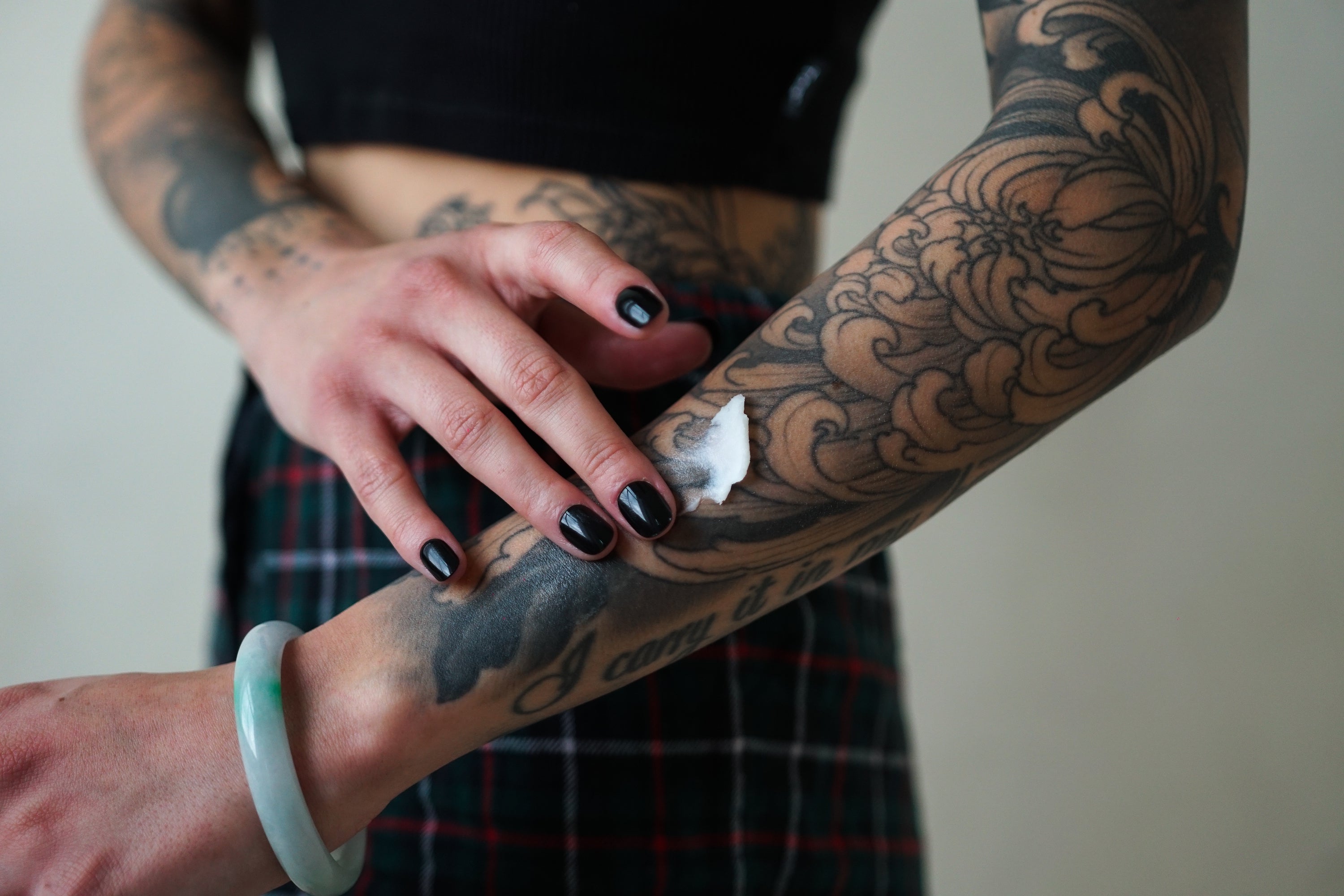
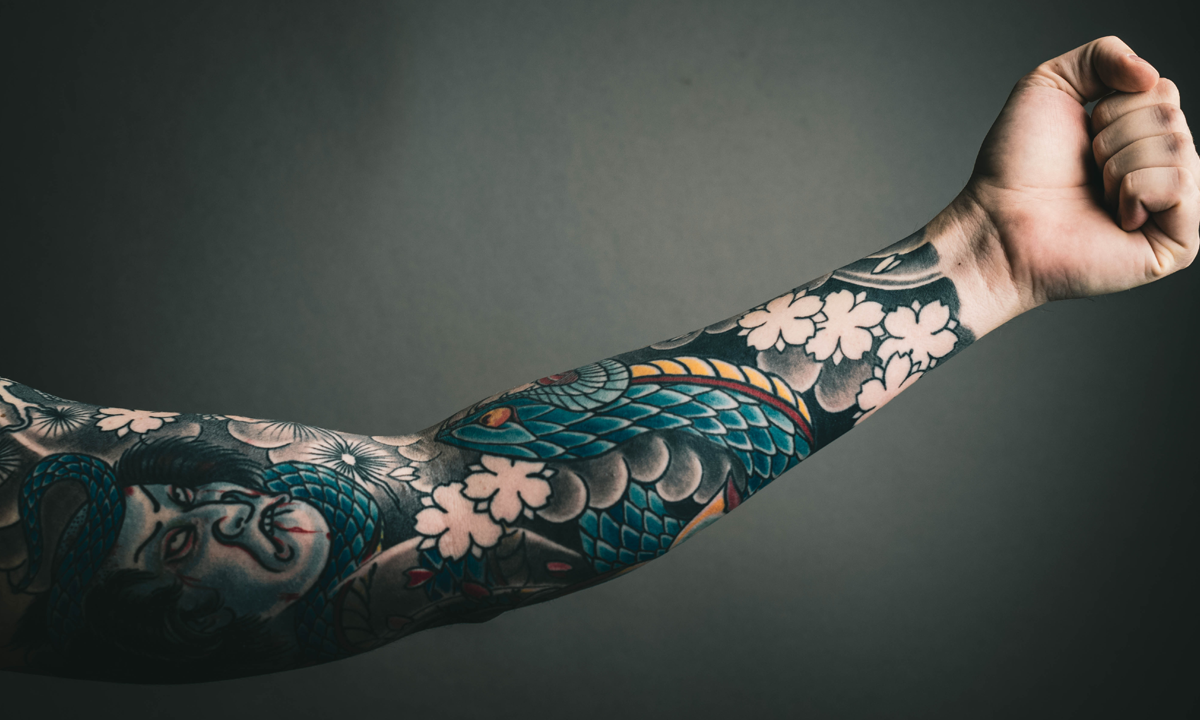
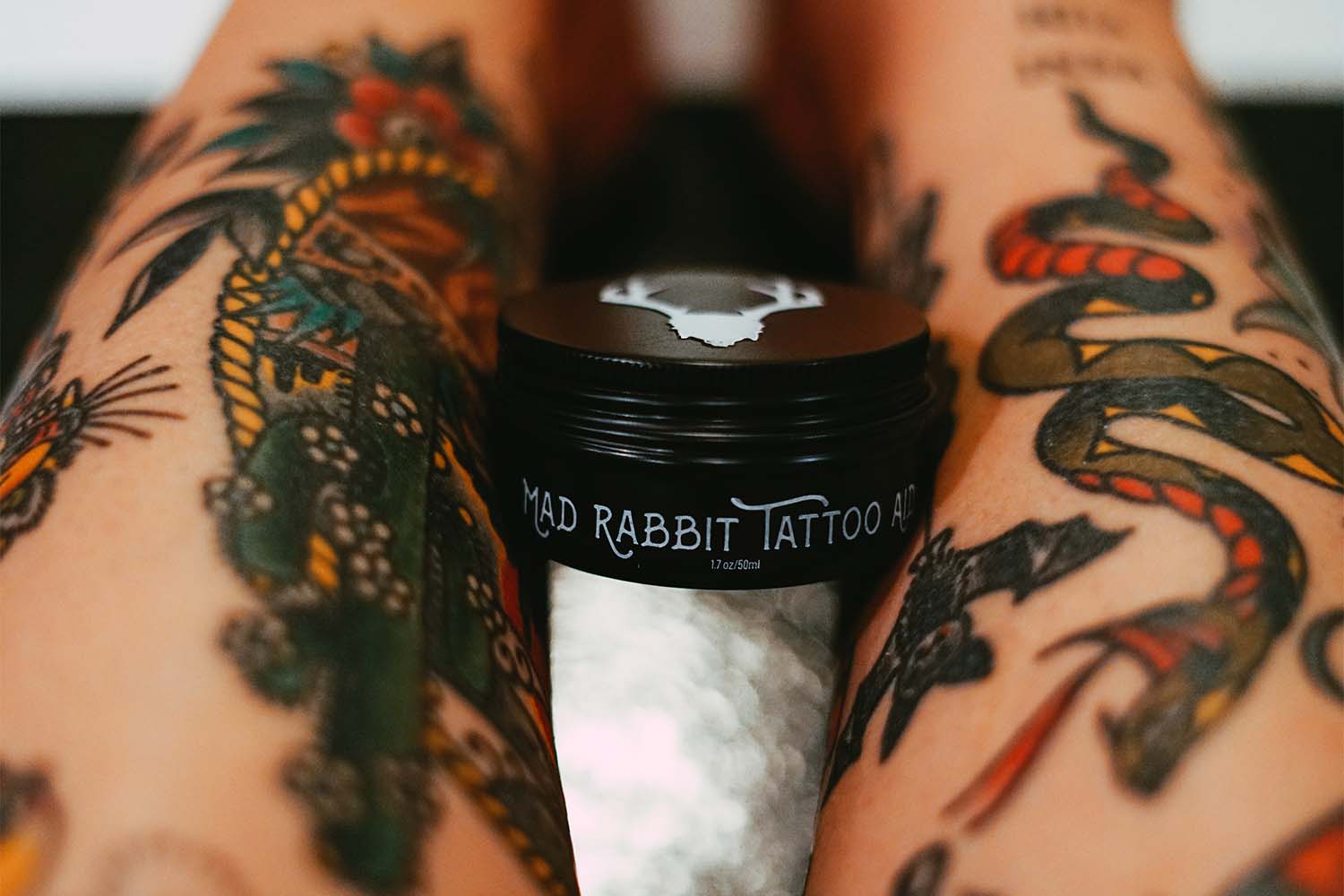
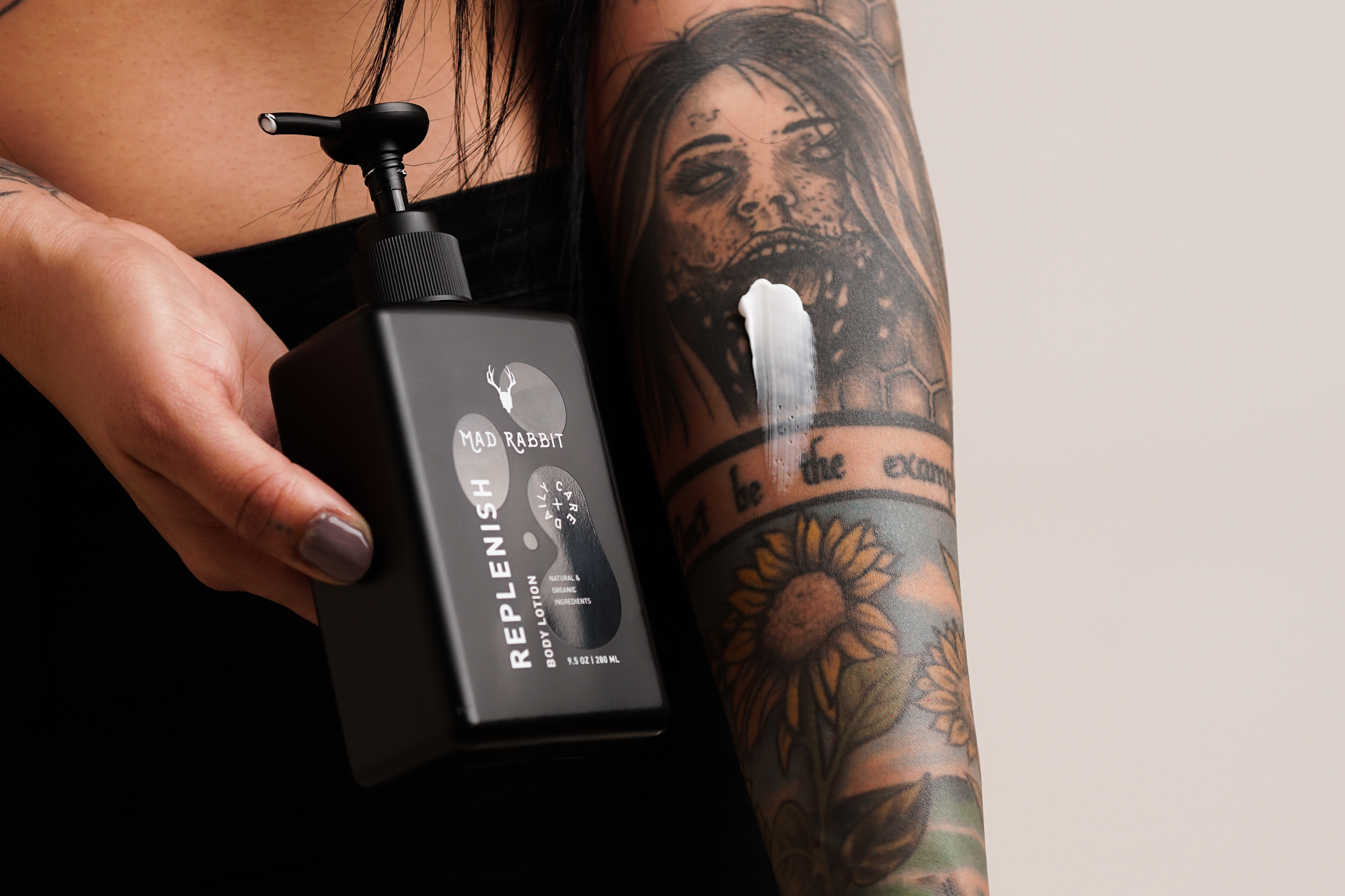
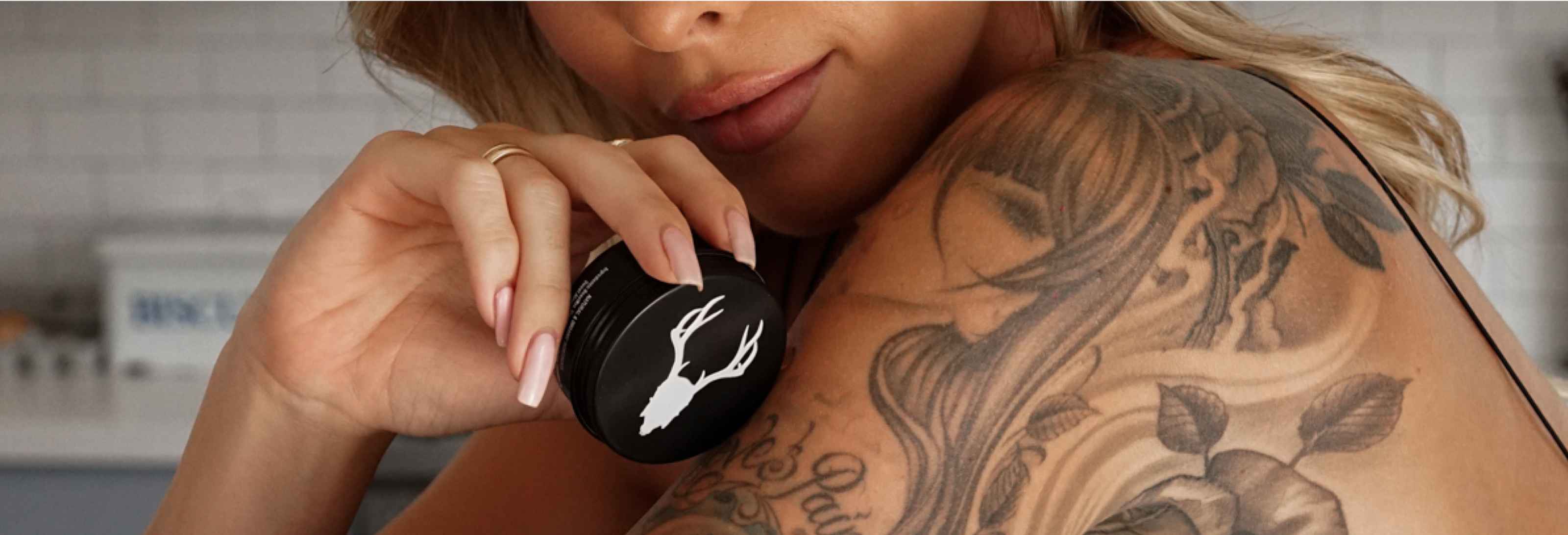
Join the discussion